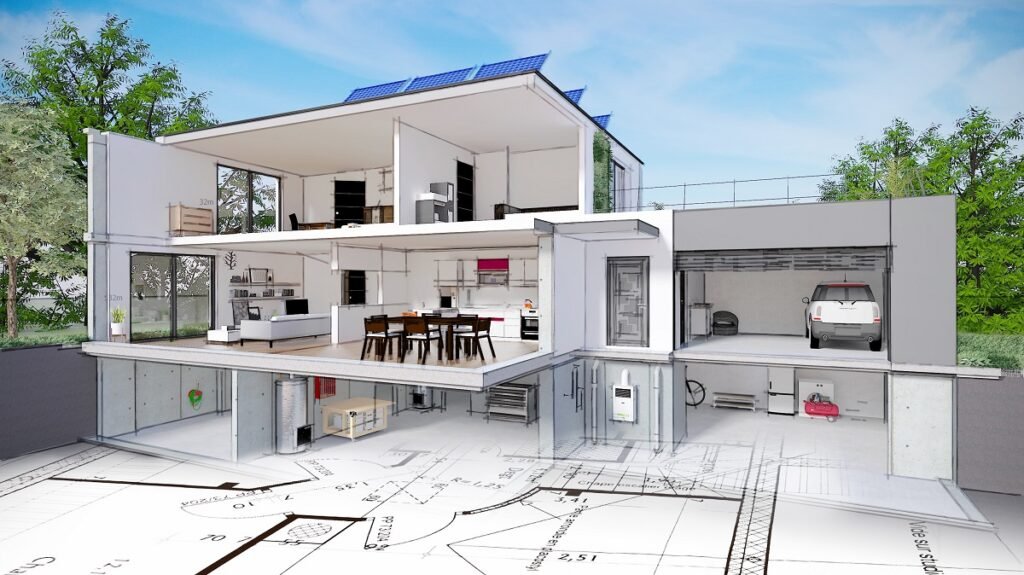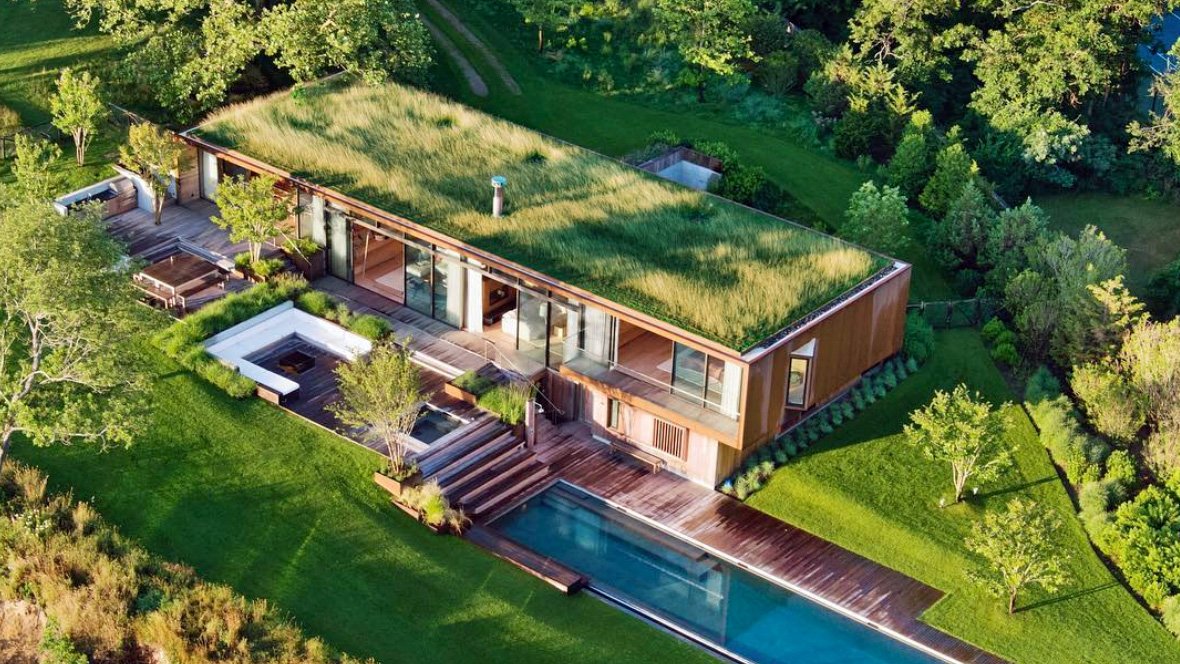Sustainable Home Design: Eco-Friendly Materials and Practices
Sustainable home design is no longer just a trend; it’s a necessity. With growing awareness about environmental impact and the need for healthier living spaces, homeowners and designers are increasingly turning to eco-friendly materials and practices. Here’s how you can incorporate sustainability into your home design.
Eco-Friendly Building Materials
Choosing sustainable materials is the first step in creating an eco-friendly home. Here are some top choices:
Reclaimed Wood
Reclaimed wood is sourced from old buildings, barns, and factories. Using reclaimed wood reduces the need for new lumber and preserves natural resources. It also adds unique character and history to your home.
Bamboo
Bamboo is a rapidly renewable resource that grows much faster than traditional hardwoods. It’s durable, versatile, and can be used for flooring, cabinetry, and even furniture.

Recycled Metal
Recycled metal can be used in various applications, from roofing to structural support. Using recycled metal reduces the demand for new metal production, which is energy-intensive and environmentally damaging.
Cork
Cork is harvested from the bark of cork oak trees without harming the tree. It’s a renewable resource that is naturally resistant to mold, mildew, and pests, making it an excellent choice for flooring and insulation.
Low-VOC Paints
Traditional paints can release volatile organic compounds (VOCs) into the air, contributing to indoor air pollution. Low-VOC and zero-VOC paints are a healthier alternative, improving indoor air quality and reducing environmental impact.
Sustainable Construction Practices
In addition to using eco-friendly materials, sustainable construction practices are crucial for minimizing environmental impact.
Passive Solar Design
Passive solar design takes advantage of natural sunlight for heating and lighting. By strategically placing windows, choosing the right building orientation, and using thermal mass materials, you can reduce the need for artificial heating and cooling.
Insulation
Proper insulation is essential for energy efficiency. Use eco-friendly insulation materials like cellulose, which is made from recycled paper, or sheep’s wool, which is natural and biodegradable.
Water Conservation
Incorporate water-saving fixtures and systems to reduce water consumption. Low-flow toilets, faucets, and showerheads, as well as rainwater harvesting systems, can significantly decrease water usage.
Renewable Energy Sources
Integrating renewable energy sources into your home design can drastically reduce your carbon footprint.
Solar Panels
Solar panels harness energy from the sun to generate electricity. Installing solar panels can reduce or even eliminate your reliance on grid electricity, leading to significant energy savings.
Wind Turbines
For homes in windy areas, small wind turbines can be an effective way to generate renewable energy. Wind turbines convert kinetic energy from the wind into electrical power.
Geothermal Heating and Cooling
Geothermal systems use the earth’s stable temperature to heat and cool your home. These systems are highly efficient and can reduce energy consumption for heating and cooling by up to 50%.
Sustainable Landscaping
Your home’s exterior is just as important as the interior when it comes to sustainability.
Native Plants
Choose native plants for your landscaping. They require less water, fertilizer, and maintenance compared to non-native species, promoting a healthier ecosystem.
Permeable Paving
Permeable paving materials like gravel, permeable concrete, and interlocking pavers allow rainwater to seep into the ground, reducing runoff and promoting groundwater recharge.
Green Roofs
Green roofs are covered with vegetation, providing insulation, reducing stormwater runoff, and improving air quality. They also create a habitat for wildlife and enhance the aesthetic appeal of your home.
Conclusion
Sustainable home design is about making conscious choices that benefit both the environment and your well-being. By using eco-friendly materials, adopting sustainable construction practices, integrating renewable energy sources, and creating sustainable landscapes, you can design a home that is not only beautiful and functional but also environmentally responsible. Embrace these practices to reduce your environmental impact and create a healthier, more sustainable living space.



